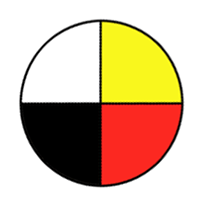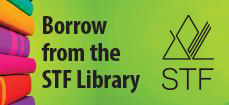Read for various purposes and demonstrate comprehension of grade-appropriate fiction (including stories and novels), scripts, poetry, and non-fiction (including magazines, reports, instructions, and procedures) from various cultures including First Nations and Métis and countries (including Canada).
| (a) |
Recognize and explain the author's ideas, explicit and implicit message, and techniques (e.g., use of figurative language). |
| (b) |
Select and use pertinent before, during, and after strategies to construct meaning when reading. |
| (c) |
Understand and apply cues and conventions including pragmatic, textual, syntactical, semantic/lexical/morphological, graphophonic, and others to construct and confirm meaning when reading. |
| (d) |
Read and summarize narrative texts including First Nations and Métis narratives and identify characters' traits, characters' changes over time, and the theme. |
| (e) |
Read for information in content area resources and reference materials and recognize the variety of expository text structures including compare-contrast, problem-solution, cause and effect, time sequence, and description. |
| (f) |
Compare information on the same topic after reading several passages or articles. |
| (g) |
Follow multi-step written instructions and procedures in basic technical or how-to manuals (e.g., how to play a video game). |
| (h) |
Read and use grade four reference texts (e.g., dictionary, encyclopedia, how-to, explanations, biography) for inquiry and to identify main ideas, details, opinions, and reasons. |
| (i) |
Support opinions and conclusions about what is read. |
| (j) |
Read grade-appropriate texts silently (e.g., 20 minutes; 135-185 wcpm) and orally (with fluency, accuracy, pacing, intonation, and expression; 100-140 wcpm), adjusting reading rates to the complexity of the materials and the purpose for reading. |
















